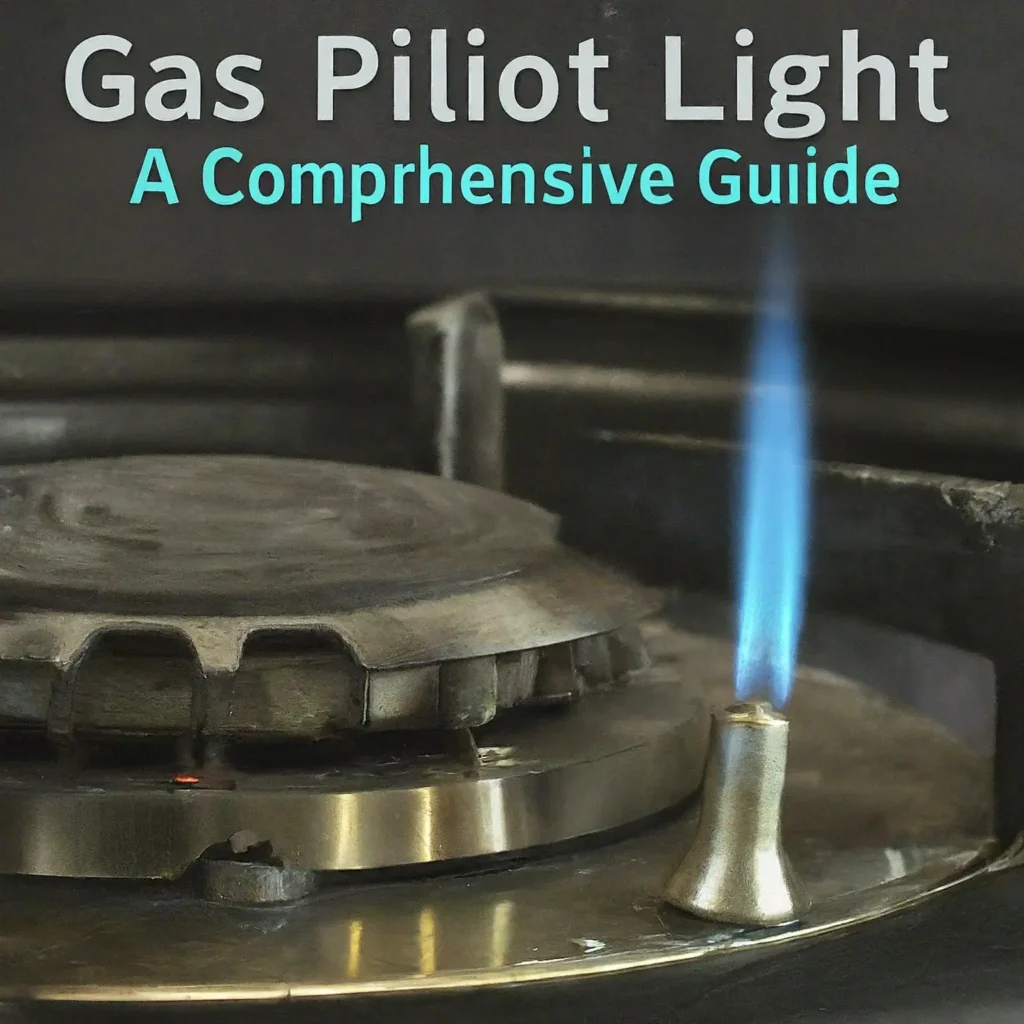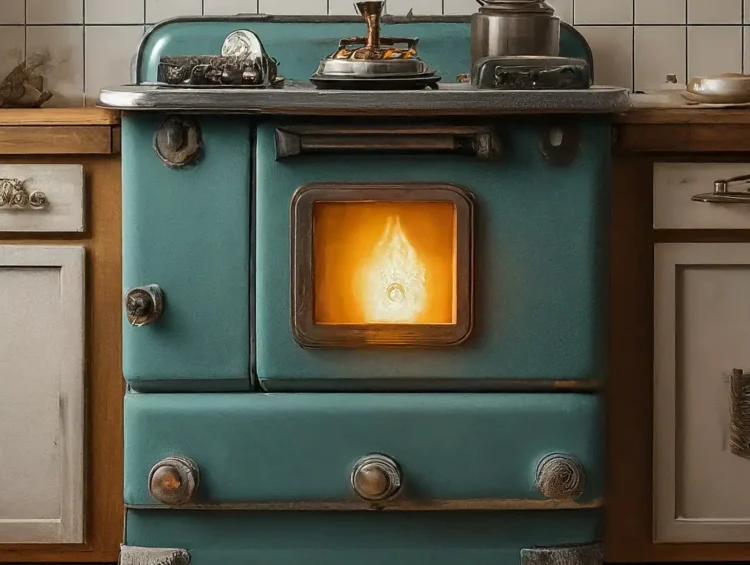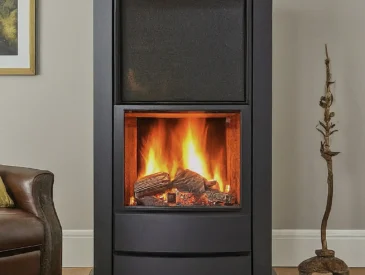Gas pilot lights are a crucial component in older fireplaces and furnaces. If you’re curious about the gas consumption of a pilot light, you’re in the right place. How much does it cost to run a standard pilot light on natural gas or propane?
A pilot light consumes approximately 0.0065 gallons of propane or 0.579 cubic feet of natural gas per hour. When left on year-round, this amounts to over 50 gallons of propane or 5000 cubic feet of natural gas.
This article will provide a detailed breakdown of how much gas a pilot light uses, both per hour and per year. Additionally, we’ll guide you through the calculations needed to determine your pilot light’s gas consumption. Lastly, we’ll outline the financial impact of keeping a pilot light running on a daily, monthly, and yearly basis.
Understanding Standard Pilot Light Gas Usage
A standard pilot light uses 0.0065 gallons of propane and 0.579 cubic feet of natural gas per hour. Over a year of continuous operation, this equates to more than 50 gallons of propane or 5,000 cubic feet of natural gas.
To calculate the gas consumption of a pilot light (whether per hour, day, week, month, or year), it’s essential to first establish its energy usage. Most standard pilot lights produce 600 BTUs of gas per hour.
Related: BTU in electric fireplace
Gas Usage with Propane
Using propane to operate your pilot light results in a consumption of at least 50 gallons of gas per year. One gallon of propane is equivalent to 91,452 BTUs. With this information, you can calculate the hourly, daily, monthly, and yearly propane usage.
Propane Gas Usage with a Pilot Light
- Per day: 0.157 gallons of propane
- Per month: 4.72 gallons of propane
- Per year: 56.64 gallons of propane
Gas Usage with Natural Gas
Using natural gas to power your pilot light results in an annual consumption of at least 5,000 cubic feet. One cubic foot of natural gas produces 1,037 BTUs. You can then calculate the hourly, daily, monthly, and yearly natural gas usage.
Natural Gas Usage with a Pilot Light
- Per day: 13.90 cubic feet of natural gas
- Per month: 417 cubic feet of natural gas
- Per year: 5,004 cubic feet of natural gas
What is a Pilot Light?
A pilot light serves as an ignition source for gas-powered appliances like fireplaces, furnaces, and water heaters. It ignites the gas released by the main burner, activating the appliance and providing heat.

Cost of Running a Standard Pilot Light
Operating your fireplace’s pilot light with natural gas costs less than 1 cent per hour, while propane costs slightly over 1 cent per hour. Overall, using natural gas is more economical for your pilot light.
Cost of Running a Pilot Light with Gas
| Pilot Light Run Time | Propane Gas Cost | Natural Gas Cost |
|---|---|---|
| Per Hour | $0.016 | $0.006 |
| Per Day | $0.40 | $0.15 |
| Per Month | $11.34 | $4.50 |
| Per Year | $141.70 | $53.93 |
In conclusion, Natural gas proves to be the more budget-friendly option for your pilot light. To calculate the exact costs, simply multiply the gas price by the amount of gas used by the pilot light. Remember to use current gas prices for accurate calculations.
For propane (2021): $2.50 per gallon
For natural gas (2020): $10.78 per 1,000 cubic feet (equivalent to $0.01078 per cubic foot).
By applying these values, you can determine the annual cost of operating your pilot light for both propane and natural gas.





